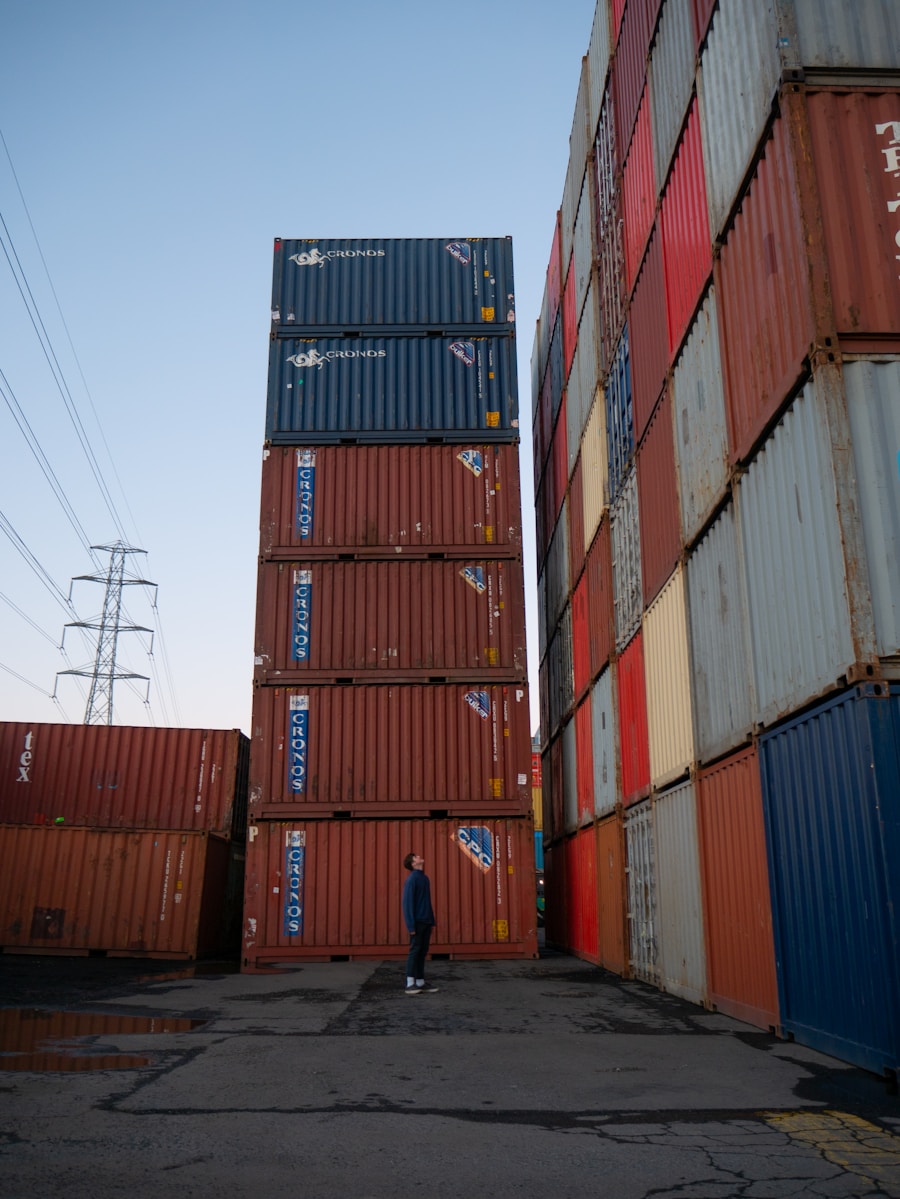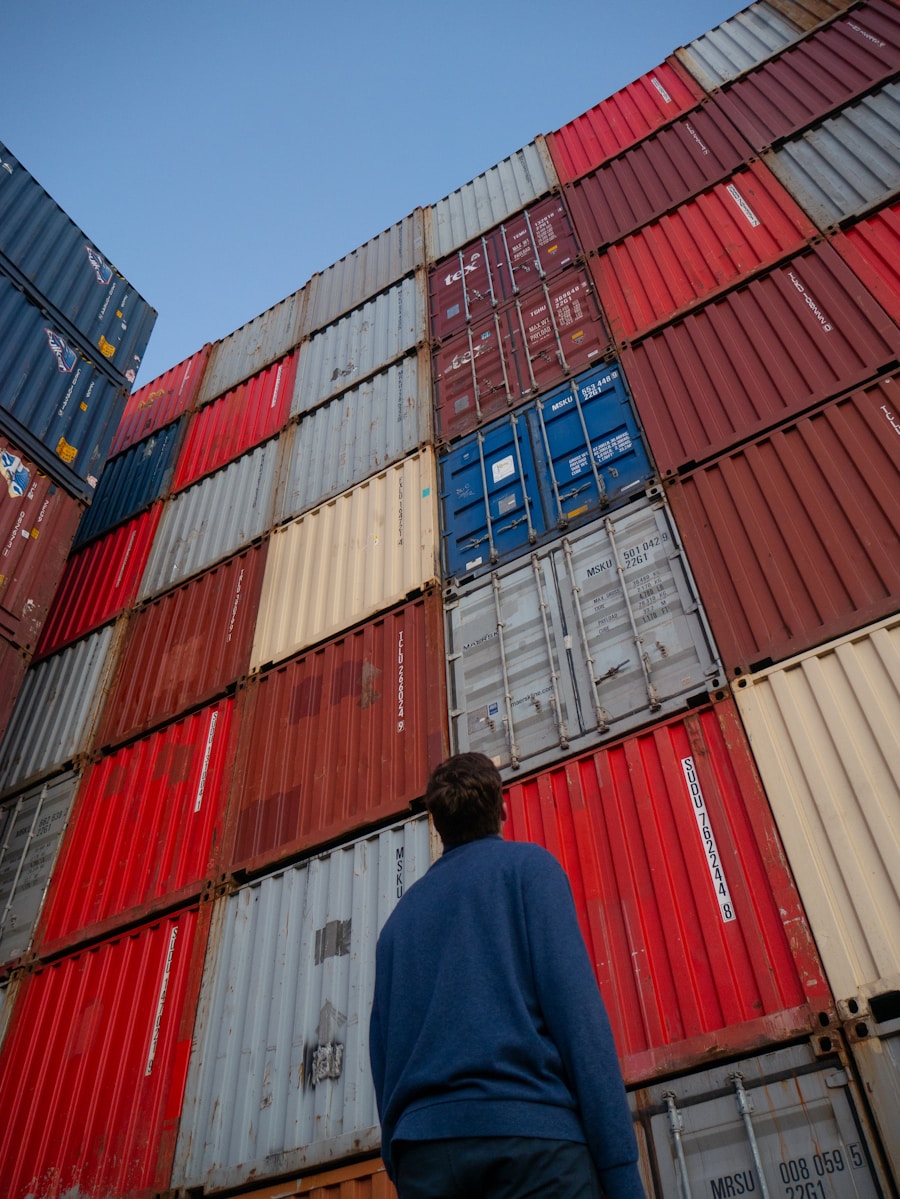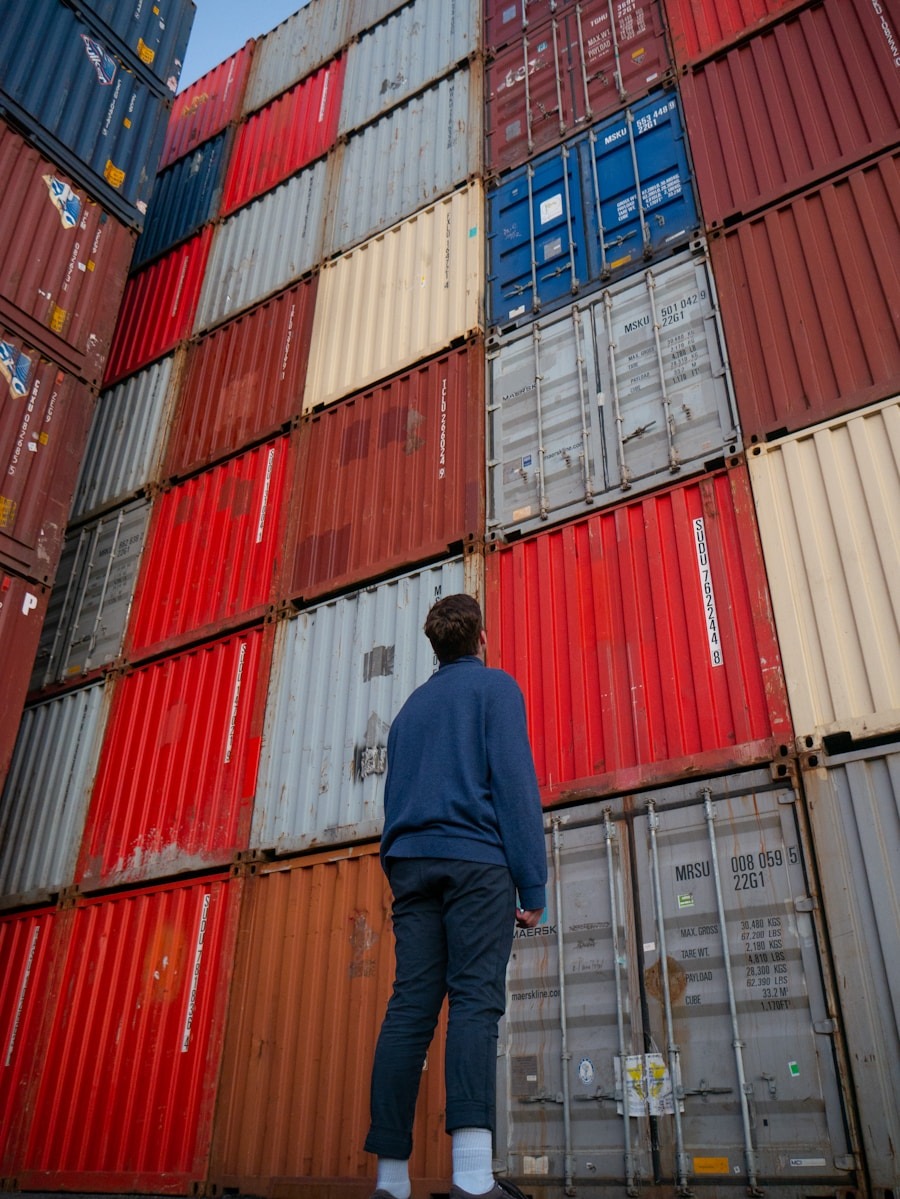Globalization is a multifaceted phenomenon that has reshaped the economic, cultural, and social landscapes of nations around the world. It refers to the increasing interconnectedness and interdependence of countries, driven by advancements in technology, communication, and transportation. This process has profound implications for border economies, which are often characterized by their unique geographical, political, and economic contexts.
Border economies are typically situated at the intersection of two or more nations, making them critical nodes in the global trade network. They serve as conduits for goods, services, and people, facilitating cross-border exchanges that can significantly influence local economies. The dynamics of globalization have led to both opportunities and challenges for border economies.
On one hand, increased trade and investment can stimulate economic growth, create jobs, and enhance the standard of living for residents in these regions.
Understanding the intricate relationship between globalization and border economies is essential for policymakers, businesses, and communities as they navigate the complexities of an increasingly interconnected world.
Key Takeaways
- Globalization has led to increased interconnectedness and interdependence between countries, impacting border economies in various ways.
- The effects of globalization on trade in border regions have resulted in both opportunities and challenges for local businesses and industries.
- Labor mobility in border economies has been influenced by globalization, leading to changes in migration patterns and workforce dynamics.
- Globalization has brought about cultural and social impacts on border communities, affecting traditions, languages, and social dynamics.
- Environmental considerations in border economies and globalization have become increasingly important, with the need to address issues such as pollution and natural resource management.
The Effects of Globalization on Trade in Border Regions
The impact of globalization on trade in border regions is profound and multifaceted. One of the most significant effects is the reduction of trade barriers, which has facilitated the flow of goods across borders. For instance, the North American Free Trade Agreement (NAFTA), implemented in 1994, eliminated tariffs on a wide range of products traded between the United States, Canada, and Mexico.
This agreement transformed border economies by increasing trade volumes and encouraging cross-border investments. Cities like El Paso in Texas and Ciudad Juárez in Mexico have experienced significant economic growth as a result of their proximity to each other and their integration into the North American supply chain. Moreover, globalization has led to the emergence of specialized trade zones in border regions.
These zones often offer tax incentives and regulatory advantages to attract foreign investment. For example, the Maquiladora program in Mexico allows foreign companies to establish manufacturing plants along the U.S.-Mexico border with favorable conditions. This has resulted in a surge of manufacturing jobs in border cities, contributing to local economic development while also raising concerns about labor conditions and environmental impacts.
The interplay between globalization and trade in border regions illustrates how local economies can be both beneficiaries and victims of global market forces.
Labor Mobility and Globalization in Border Economies

Labor mobility is another critical aspect of globalization that significantly affects border economies. The ease with which individuals can move across borders for work has been enhanced by globalization, leading to a more fluid labor market. In many border regions, such as those between the United States and Mexico or between European Union member states, workers often cross borders daily for employment opportunities.
This phenomenon not only provides individuals with access to better job prospects but also helps fill labor shortages in various industries. However, labor mobility also presents challenges. Migrant workers may face legal barriers, discrimination, and exploitation in their host countries.
For instance, many undocumented workers in the U.S. take on low-wage jobs in agriculture or construction but often lack access to basic labor rights and protections. Additionally, the influx of migrant labor can create tensions within local communities, as residents may perceive these workers as competition for jobs or resources.
Policymakers must navigate these complexities to create an environment that supports both labor mobility and social cohesion in border economies.
Cultural and Social Impacts of Globalization on Border Communities
Globalization has a profound cultural and social impact on border communities, often leading to a blending of traditions, languages, and lifestyles. As people from different backgrounds interact more frequently due to increased trade and labor mobility, cultural exchange becomes inevitable. For example, cities like Tijuana and San Diego have developed a unique bi-national culture that reflects influences from both Mexican and American traditions.
This cultural fusion can be seen in cuisine, music, art, and even language, where Spanglish—a mix of Spanish and English—has become a common mode of communication. However, this cultural exchange is not without its challenges. The rapid influx of global influences can lead to concerns about cultural erosion or loss of identity among local populations.
In some cases, traditional practices may be overshadowed by dominant global trends, leading to a homogenization of culture that diminishes local uniqueness. Additionally, social tensions may arise as communities grapple with issues related to immigration and integration. The challenge lies in finding a balance between embracing globalization’s benefits while preserving the rich cultural heritage that defines border communities.
Environmental Considerations in Border Economies and Globalization
The environmental implications of globalization in border economies are significant and often complex. Increased trade and industrial activity can lead to environmental degradation if not managed properly. For instance, the establishment of manufacturing plants in border regions can result in pollution from waste products and emissions if regulatory frameworks are weak or poorly enforced.
The Maquiladora industry has faced criticism for its environmental impact on both sides of the U.
-Mexico border, where lax regulations have allowed companies to prioritize profit over environmental sustainability. Moreover, globalization can exacerbate existing environmental challenges such as resource depletion and habitat destruction. The demand for raw materials often leads to unsustainable extraction practices that threaten local ecosystems.
In border areas where natural resources are shared between countries—such as water from rivers or forests—cooperation is essential to ensure sustainable management practices that benefit both nations. Addressing these environmental concerns requires collaborative efforts between governments, businesses, and communities to develop policies that promote sustainable development while accommodating the realities of globalization.
Challenges and Opportunities for Border Economies in the Era of Globalization

Border economies face a unique set of challenges and opportunities in the context of globalization. One significant challenge is the volatility of global markets, which can lead to economic instability in border regions that are heavily reliant on cross-border trade. Economic downturns or shifts in trade policies can have immediate repercussions for local businesses and workers who depend on international commerce for their livelihoods.
For example, changes in U.S.-Mexico trade relations under different administrations have created uncertainty for industries such as agriculture and manufacturing that operate along the border. Conversely, globalization also presents numerous opportunities for innovation and growth within border economies. The rise of e-commerce has opened new avenues for small businesses to reach international markets without the need for extensive infrastructure investments.
Additionally, advancements in technology have enabled greater collaboration between businesses across borders, fostering partnerships that can enhance competitiveness. By leveraging their unique geographical position, border economies can capitalize on their strengths—such as access to diverse labor pools and proximity to major markets—to thrive in an increasingly interconnected world. In conclusion, understanding the intricate relationship between globalization and border economies is essential for navigating the complexities of an interconnected world.
As these regions continue to evolve amidst global changes, it is crucial for stakeholders to engage in thoughtful dialogue and collaborative efforts that address both the challenges and opportunities presented by globalization.
Globalization’s Impact on Border Economies can be further understood by exploring the key aspects of Carvaka philosophy. This ancient Indian school of thought emphasizes materialism and skepticism, which can shed light on how economic ideologies and trade practices have evolved over time. To delve deeper into this connection, check out this article on Carvaka philosophy.
FAQs
What is globalization?
Globalization refers to the increasing interconnectedness and interdependence of countries and their economies through the exchange of goods, services, information, and ideas.
How does globalization impact border economies?
Globalization can have both positive and negative impacts on border economies. It can lead to increased trade and investment, which can stimulate economic growth and create job opportunities. However, it can also lead to increased competition and potential displacement of local industries.
What are some examples of the impact of globalization on border economies?
Some examples of the impact of globalization on border economies include the growth of cross-border trade, the establishment of multinational corporations in border regions, and the movement of labor across borders.
How does globalization affect the labor market in border economies?
Globalization can lead to the movement of labor across borders, as workers seek job opportunities in neighboring countries. This can impact wages, working conditions, and employment patterns in border regions.
What are some challenges faced by border economies as a result of globalization?
Challenges faced by border economies as a result of globalization include increased competition from foreign businesses, potential environmental degradation, and the need to adapt to changing trade policies and regulations.
What are some potential benefits of globalization for border economies?
Potential benefits of globalization for border economies include access to new markets, increased investment opportunities, and the potential for economic diversification and growth.






















+ There are no comments
Add yours